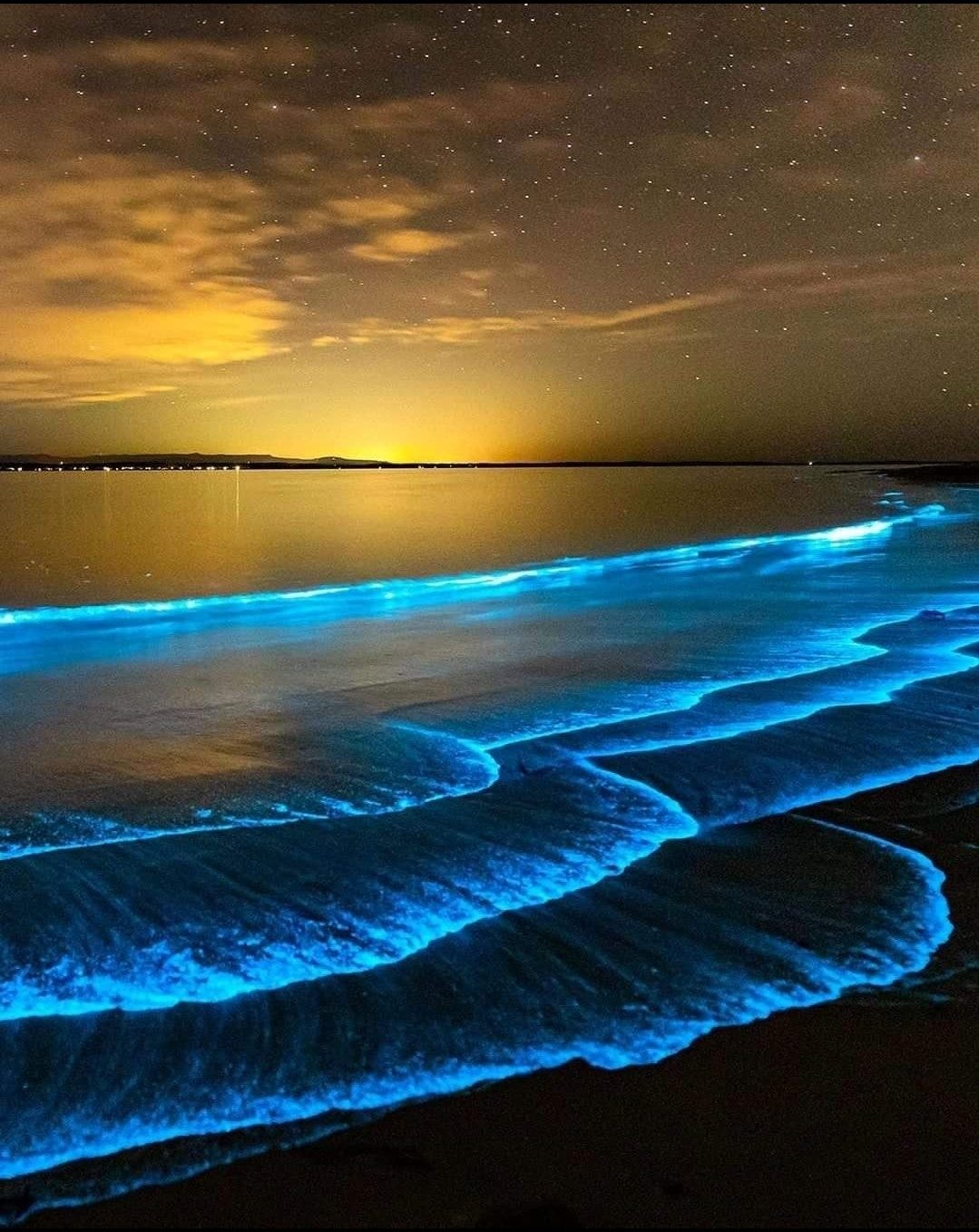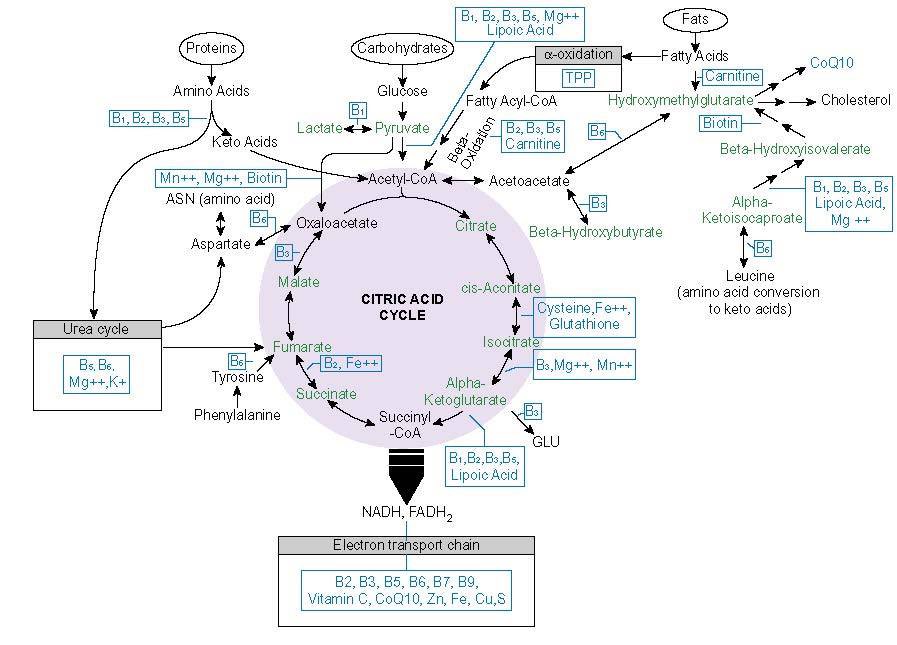Video, TEDx talk, How breathing and metabolism are linked.
The mathematics of weight loss | Ruben Meerman | TEDxQUT (edited version)
This video walks through the chemistry of weight loss – where does weight go? Chemically?
Short answer, we exhale it as carbon. But there is a catch, there is always a catch. We need to have a well functioning respiratory system, including our mitochondria.
The video shares a quest to understand the speaker’s own weight loss better. He does a great job showing us the chemicals that form most of our body. The atoms arranged in the molecular shapes show us that we are kind and of like Lego creatures, built from various shaped building blocks.
For those who watch the video and feel frustrated with his synopsis – eat less to lose weight – I hear you. Other replies also felt similar frustration. The chemistry may seem that simple as the basic equations however add in subclinical hypothyroidism and the basic equations are inadequate to help the person lose weight.
The Resting Metabolic Rate (RMR) is being discussed in the TEDx talk. It represents how much energy we burn even while sleeping – our need with no additional exercise. Someone with a lower RMR, someone with subclinical hypothyroidism or inadequately treated, would need far fewer calories as a baseline. They could have trouble losing weight on 600-800 calories a day – starvation diet for anyone else.
Bitter tasting phytonutrients in a meal are also key for promoting satiety and preventing insulin resistance. Oregano, garlic, leeks, citrus peel, celery seed, black pepper, basil, cumin, leafy green veggies, – any strongly flavored produce item, herb or spice, likely contains some bitter taste accents.
Breathe in aroma and flavor, and get moving to promote good respiratory health throughout the body’s many mitochondria and the lungs.
Bitter tasting citrus bioflavonoids are very helpful for reducing lung congestion and symptoms of Metabolic Syndrome. Citrus can be a histamine trigger food – caution.
Sunburn pox update
The larger blisters still hurt and itched even after more black seed oil. Aloe Vera gel had helped some yesterday, but today, thinking sunburn pox instead of viral infection, I tried a cold-water washcloth on the worst spots and kept it cold until the itch and pain had faded.
It is a pretty bad urge to scratch . . . the living daylight out of it. But no, self-injury, resist the endorphins. There is some good feeling with scratching initially but that is how it can get worse fast and scab.
Skin care during and after radiation therapy for breast cancer.
It can resemble a sunburn or mild tan afterwards or blistering. It says the severity is unrelated to a person’s tendency to tan or sunburn. That suggests that severity is related to something else, like maybe VAIDs- level of detox or immune function. How quickly can a person clear out the excess oxidative stress chemicals?
Skin care during and after radiation therapy for breast cancer. Pdf of a guide for patients who receive radiation treatment. https://www.dropbox.com/s/7xqmy2pwry7z7xg/skin%20care%20during%20and%20after%20radiation%20treatment%20for%20breast%20cancer.pdf?dl=0.
Addition – 5G roll-out may be affecting more people in subtle ways than we realize and skin rashes may be one of the symptoms of excessive EMF exposure.
Aloe Vera gel is a tip, and avoid extreme hot or cold packs, or rough fabric. I found after thinking of it as a bad sunburn that a cold water-soaked washcloth as a cold compress did help. The black seed oil has not fully helped as much with these larger blisters. Was really itchy today. The cold helped and is the solution for a scald type burn – cool water until it feels like the internal burning has stopped.

Aloe Vera gel or thinned juice is available for sale in health food stores and needs refrigeration once opened. Emodin (spelling? – is correct (1), is a phytonutrient in aloe which is particularly healing. The jelly like fiber in Aloe gel helps restore our jelly like membrane linings, the Glycocalyx, or extracellular matrix. It may be safer topically than as a juice or food ingredient if used in quantity as there may be some kidney toxicity. (1)
Aloe gel followed by essential oil in a massage base oil can help with skin health or scar reduction. Frankincense and rosemary are good for healing skin. I also add a little tea tree oil as an antiseptic; and be
*This was two posts on my Substack and I have combined them with a few additions.
*Monkey/sunburn pox update – ouch, the sunburn spots didn’t go away as quickly as my previous smaller spots. The cold compress helped, I used that a lot on the worst day, and fell asleep with it. Flaw: then cold clammy damp fabric led to a few more spots. Moderation and good skin care – wash with soap occasionally, re black seed oil, change tops as wetness occurs. A bandage almost seems like it could be protective. No clothes on it is better, but cold.
The first spots have flattened and scabbed a little. This is no fun but the black seed oil does help, the cold compresses helped a lot during the worst of the itchiness or stinging pain. I used aloe vera gel a couple times. I have used artemisinin once or twice a day and a spoonful of black seed oil am and pm by mouth. I take a variety of supplements routinely.
I napped more, and avoiding heavy yardwork for a few days. Pushing myself initially did lead to more of the sunburn spots on my shoulder. Rest is important when the body is inflamed and trying to clean out the oxidative stress chemicals.
High dose niacin is still my go too, but for the half hour of niacin flush, cold compress time on the sunburn pox! The itching is worse with these bigger blisters.
In general now, when feeling a little sicker I take the niacin three instead of two times a day. Yes there is a half hour worsening during the flush of warmth and itchiness. The body will be removing inflammation though all day, so the benefit outweighs the discomfort in my opinion.
Serotonin deficiency is a risk if you suddenly stop taking high dose niacin…
(and melatonin – I take both, melatonin 15 minutes prior, I set a timer or I will forget).
Addition 9/7/2022: *Also once you are following the high dose niacin protocol you need to maintain or only gradually reduce the doses to prevent serotonin disruption. Adding more rapidly can lead to excess serotonin, suddenly stopping high doses may lead to a drop in serotonin and “Crying over nothing” TM moods – sadness and depression. While this article does not mention niacin or tryptophan it does review what symptoms low serotonin might lead to: Serotonin Deficiency: Symptoms, Causes, Tests, Treatments (healthline). Drops in serotonin level may also lead to irritability, aggression, impulsiveness, and may be linked to suicidal urges, PTSD, and bowel trouble/IBS. Healthy gut microbes make most of our serotonin for us and some gets transported to the brain via the vagus nerve – our superhighway between our central and peripheral nervous systems. Axons are tubules between nerve cells and chemicals, mitochondria and exosomes can travel along the route.
Niacin, melatonin, artemisinin, black seed oil, methyl B complex – things I have been using.
The niacin also tends to leave me less congested and more clear-headed and energetic. The methyl B complex is also important and other mitochondrial cofactors and trace minerals. Our mitochondria burn energy most efficiently and need nutrients to be able to do so. Also not having excess Retinoic Acid or a high saturated fat diet (previous post) is needed so the PDK is not inhibiting use of the Citric Acid Cycle.
Overweight often is inflammation and a diet that is too high in carbohydrates and/or fat and low in other nutrients. This leads to inefficient burning of energy by the mitochondria. The Citric Acid Cycle is much more efficient, quantum biology efficient possibly. Cancer and other degenerative diseases are also linked to the mitochondria switching to fermentation for energy production.
How many carbon atoms will be exhaled depends on part on whether the person’s mitochondria are using the Citric Acid Cycle or fermentation.
It helps to understand the basics, the forest – the overall picture, and also to see the many trees that make up the forest – the variables that make the easy answer into a complex one.
- Still need to get out my laptop, I am taking an EMF vacation for pox healing purposes or a mental health break or both.
Disclaimer: This information is being shared for educational purposes within the guidelines of Fair Use and is not intended to provide individual health care guidance. Please seek a functional health practitioner for individual health care guidance. Thanks for reading!
Reference List
- Dong X, Zeng Y, Liu Y, You L, Yin X, Fu J, Ni J. Aloe-emodin: A review of its pharmacology, toxicity, and pharmacokinetics. Phytother Res. 2020 Feb;34(2):270-281. doi: 10.1002/ptr.6532. Epub 2019 Nov 3. PMID: 31680350. https://pubmed.ncbi.nlm.nih.gov/31680350/
d bergamot or geranium for fragrance and other benefits.
Nature is glorious – not my pic, bioluminescent algae or something like that is the magic.
Good night, sleep tight!
Disclaimer: This information is being shared for educational purposes within the guidelines of Fair Use. It is not intended for individual health care guidance. Please seek a functional health practitioner for individualized health care.
*phone post.
9/6/2022 edited



